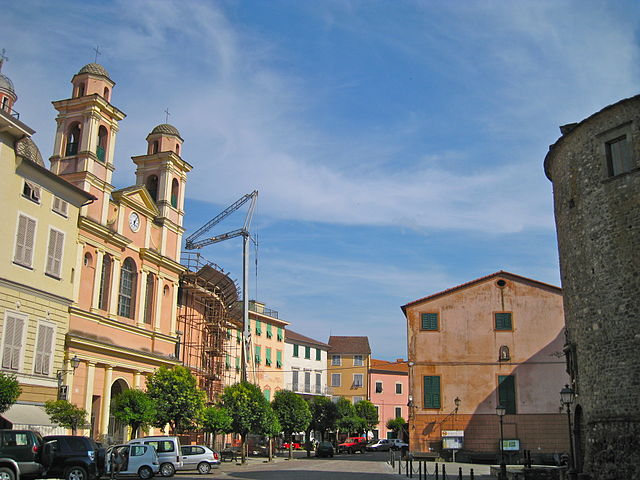- Target: 100% renewable energy
- Status: Achieved
- RES: Solar thermal systems, solar photovoltaics, small hydro plants, biomass plant, biogas plant, and district heating network.
- Implementation: Brunico, Italy is a town in South Tyrol. Today, the town is producing more electricity and heat than it consumes. It has an array of renewable energy systems installed. For heating, it has 840 m² of rooftop solar thermal systems supplying water heating, a 120 km district heating network fed by a 9 MW biomass plant and a 1.5 MW biogas plant near a landfill site supplies heat for more than 2000 buildings. Electricity for around 1500 families comes from 3 MW of rooftop photovoltaic panels, small hydro plants totalling 4.4 MW, and a 20 MW biogas plant that is fed by wood waste. The town additionally has a large 46.3 MW hydro project from its prior electricity system that is not counted toward the renewable energy total. The elementary school and fire station are entirely energy independent with their solar PV installations of 32 kW and 64 kW respectively. Brunico’s School Centre is additionally able to meet part of its heating requirements with 750 m² of vacuum tube collectors that heat up 3000 m³ of undeground tanks. The hot water is pumped through radiators and radiant floor heating panels.
To support Brunico’s renewable energy commitment, town policy requires that all local buildings meet up to 25% of their own energy needs with renewable sources, including 50% of their hot water demand. Italy's feed-in tariff law, like the German feed-in tariff provides a great incentive to the town. The law guarantees connection to the grid for renewable energy producers of all sizes and reasonably priced payment differentiated by technology for all the renewable electricity they generate. - Population: 15,491 (2010)
- Area: 45 km2 (17 sq mi)
- Link: https://www.stadtwerke.it

- In Italian








